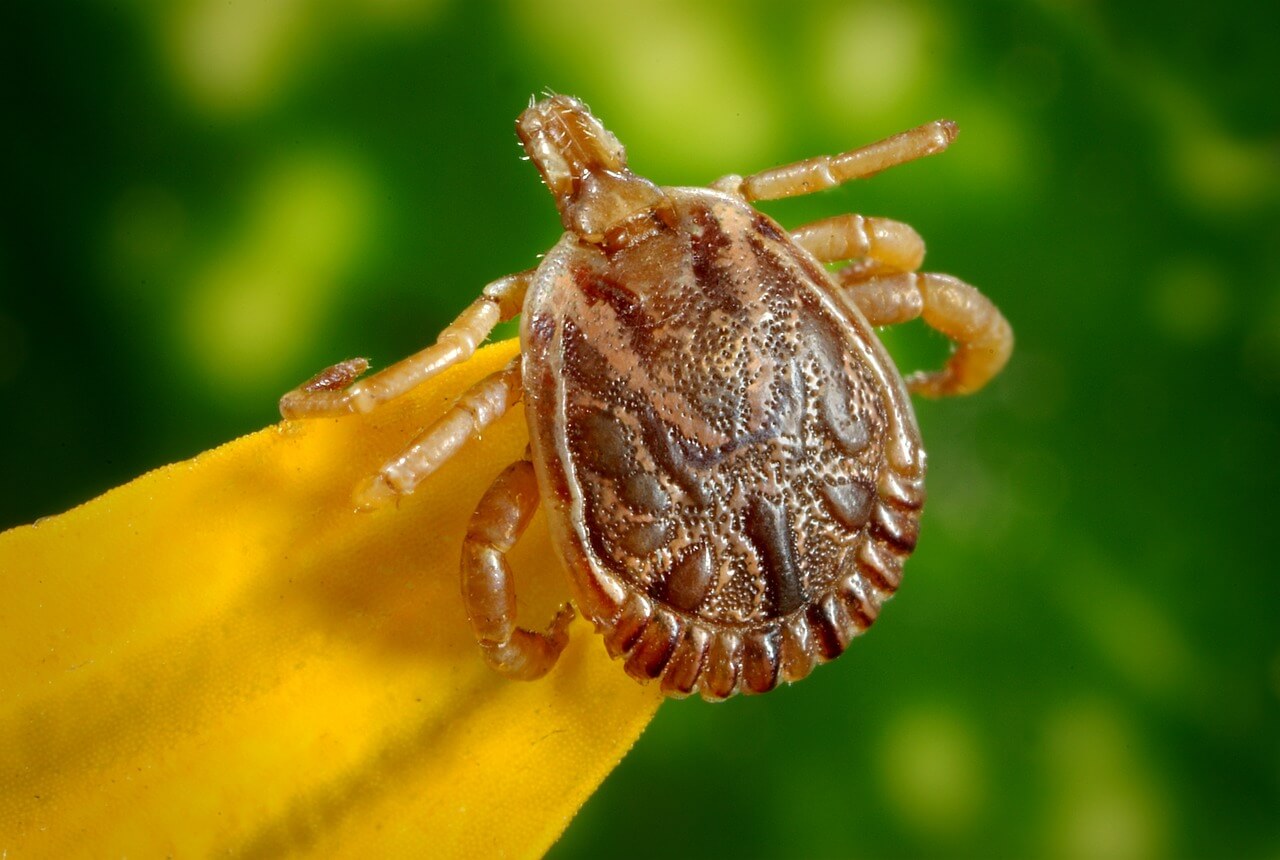Pests Don't Take a Holiday Break During the Cold Winter Months
Why Winter Weather Increases Pest Activity
Protect Your Family and Home from Tick Bites: Tips and Professional Pest Control in North Carolina

Brad Paisley once famously offered to check a fellow bar patron for ticks. And while this was a very generous offer from the country music star, he is only one man, and there are millions of ticks out there just waiting to sink their teeth into people. Therefore, if you want to cut down on your risk of being bitten by a tick, thus reducing your risk of disease, knowing how to identify them, as well as how to keep them off your body and away from your North Carolina home, is key.

Ticks are known to carry a myriad of diseases that they can transfer to you in a single bite! That’s why it’s essential for you to cut down on your risk of tick bites. Some of these diseases are:
It’s safe to say, you don’t want any of these diseases. Thankfully, there are a few tips and tricks you can utilize to cut down on your risk of being bitten by a tick.
Often, the activities we love most take us into high-tick areas. These include hiking, camping, and any other activity that takes us out into nature. That’s why you should know the best methods for reducing your risk of being bitten by a tick so you can focus on enjoying your outing. These methods are:
While you may take all the precautions in the world, tick bites do happen. So, follow these dos and don’ts should you be bitten by a tick:
Crushing or burning the tick while it is attached to you could result in the tick expelling more bacteria into the bite and your body!
There are a few steps you can take to make sure that ticks stay away from your home. These include:
While these steps should help to cut down on the risk of ticks in your yard, the only way to make sure your home is safe is to contact the professionals here at Aruza Pest Control. Reach out to us today. We are happy to help.